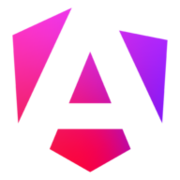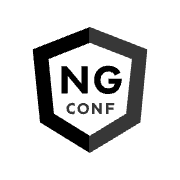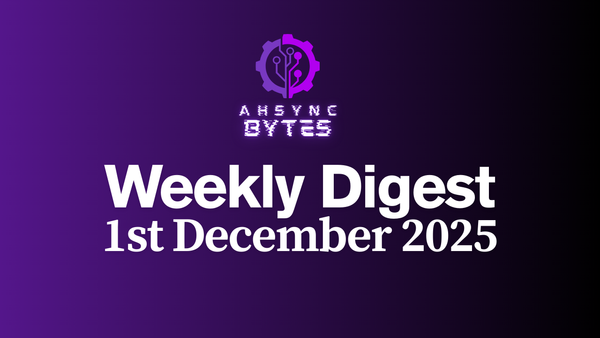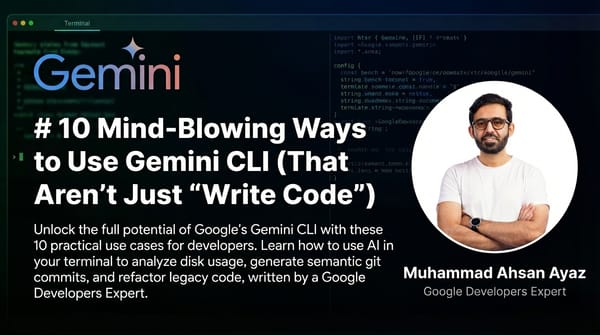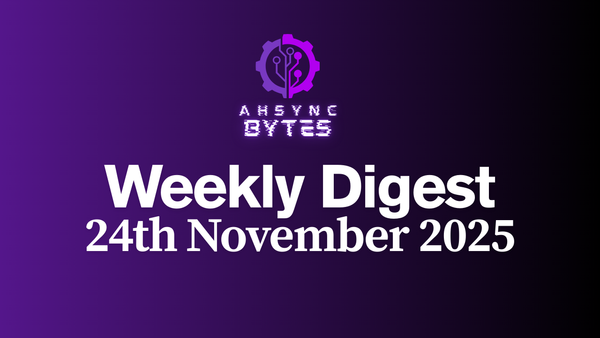AHSYNC BYTES - Weekly Digest (13th Oct, 2025)
From Perplexity’s AI browser and Google’s Genkit Extension to Angular’s new Signal Forms, this week’s highlights reveal how intelligence and interactivity are redefining the developer experience.
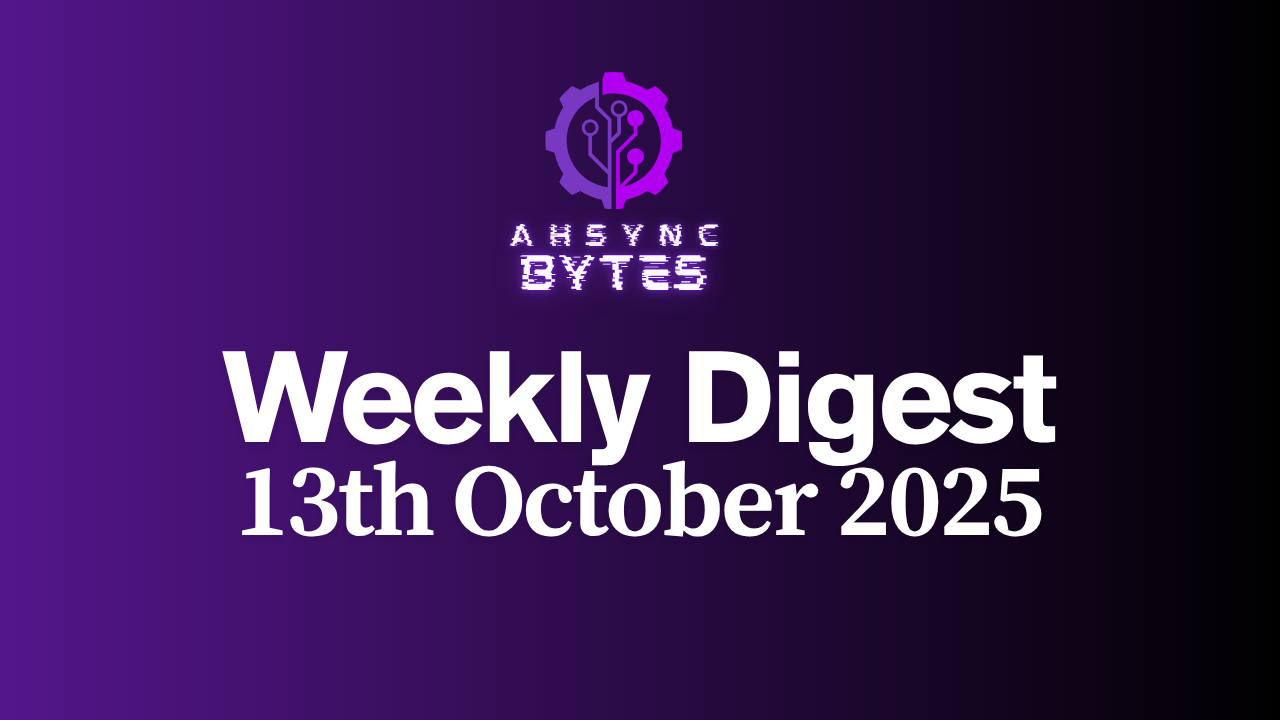
In a field that evolves every week, staying current matters. This digest covers what’s new in AI, Machine Learning, Angular, and Web & Frontend Development, helping you stay connected to the latest conversations in tech.
🤖 AI & Machine Learning
New Prediction Model Could Improve the Reliability of Fusion Power Plants
Tokamaks are machines that are meant to hold and harness the power of the sun. These fusion machines use powerful magnets to contain a plasma hotter than the sun’s core and push the plasma’s atoms to fuse and release energy. If tokamaks can operate safely and efficiently, the machines could one day provide clean and limitless fusion energy.
Today, there are a number of experimental tokamaks in operation around the world, with more underway. Most are small-scale research machines built to investigate how the devices can spin up plasma and harness its energy. One of the challenges that tokamaks face is how to safely and reliably turn off a plasma current that is circulating at speeds of up to 100 kilometers per second, at temperatures of over 100 million degrees Celsius.

Announcing the Genkit Extension for Gemini CLI
The Genkit Extension is an official Gemini CLI extension that provides deep integration between Gemini CLI and your Genkit project. By bundling Genkit's MCP (Model Context Protocol) server with specialized context files, this extension gives Gemini CLI a comprehensive understanding of how to work with the Genkit SDKs.
When you install this extension, Gemini CLI gains access to:
- Genkit MCP Tools: Direct integration with Genkit's development tools
- Context-Aware Assistance: Understanding of Genkit concepts, best practices, and workflows
- Intelligent Code Generation: AI assistance tailored specifically for Genkit application development
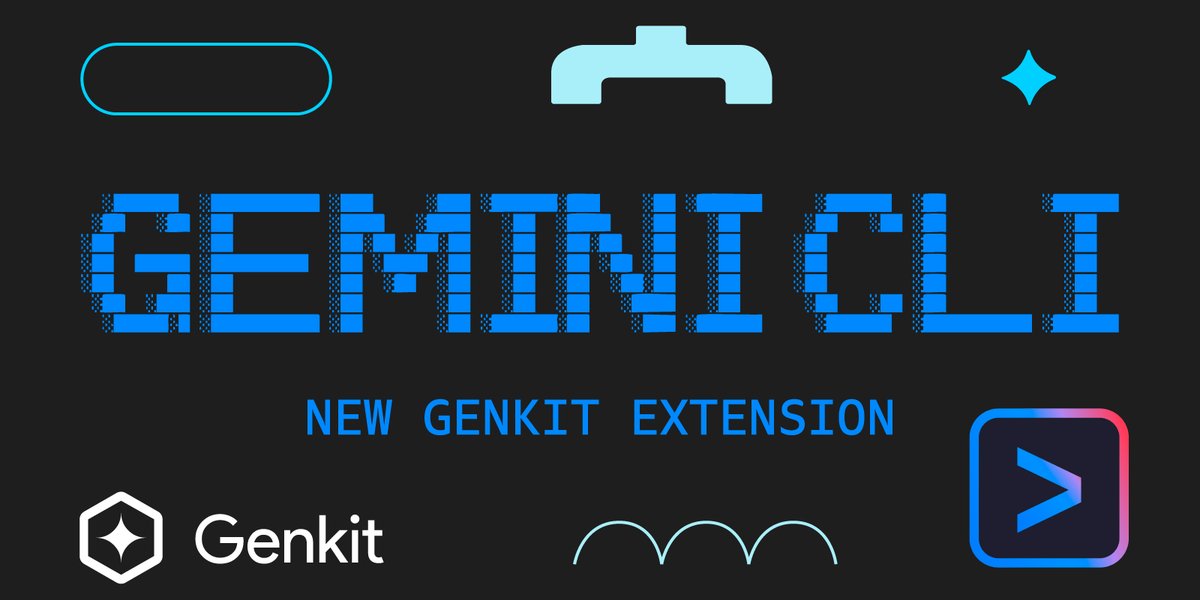
Perplexity Makes Comet AI Browser Free for All
Perplexity has removed the $200/month paywall from its AI-powered browser, Comet, making it freely available to everyone. The browser deeply integrates AI into web browsing, offering task automation, intelligent search, and personal assistant features to accompany users across the web.
Perplexity promises to keep Comet free forever and has also introduced a Comet Plus subscription tier for premium content perks. The move positions Comet as a serious challenger to Google Chrome and signals Perplexity’s ambition to democratize browser-level AI.
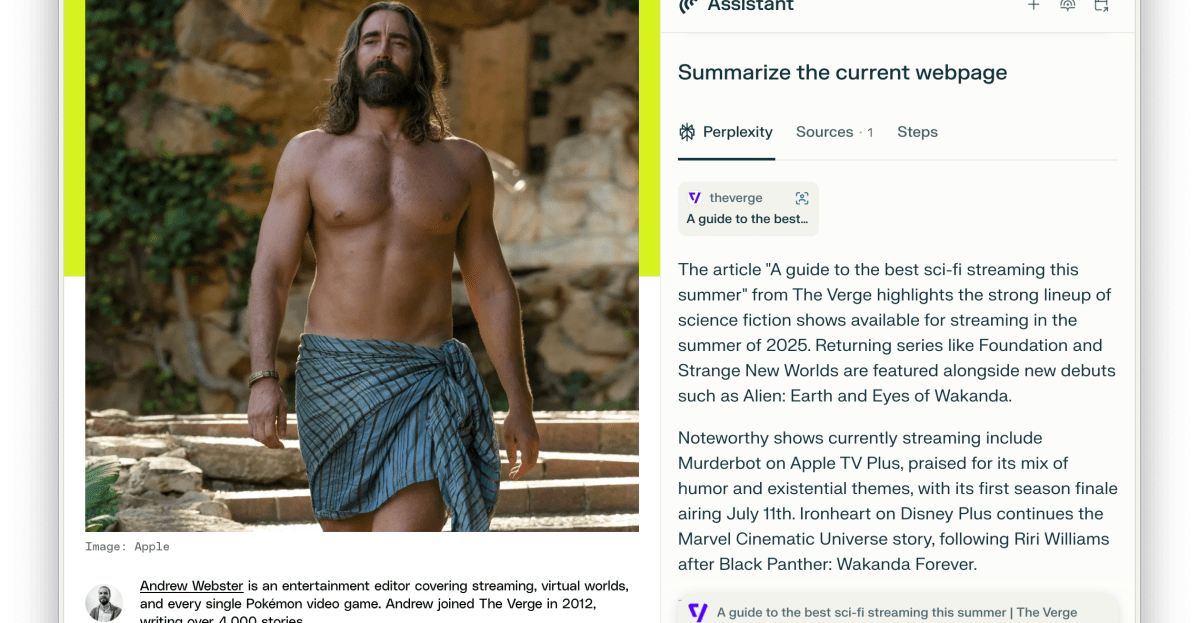
🚀 Angular
Ignite UI for Angular 20.1 Is Out! What’s New & Exciting?
Fighting complexities in your code? Well, the Ignite UI for Angular 20.1 release is all about streamlining and facilitating your development workflows and processes. We’ve doubled down on making the Angular grid work better for you with brand-new features and performance enhancements.
With powerful add-ons like cell merging, which enhances readability by eliminating duplicate values, and dual-side column pinning for maximum flexibility and control, you can deliver cleaner data displays, optimized datasets, and a smoother user experience. Focus on building, not debugging.
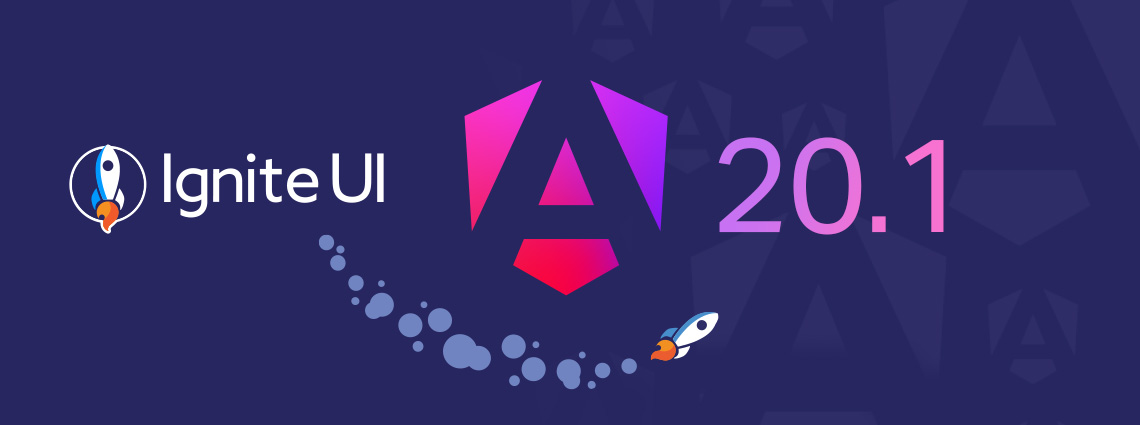
Onboarding AI Agents into Your Angular Team
The world of software development is changing faster than ever. Artificial Intelligence is no longer just a trend. It’s already part of the way we build software. In this guide, you will explore how to work with AI agents and get practical advice on using them in Angular projects.
You’ll learn the difference between Vibe Coding and AI-Assisted Coding, and how to guide an AI agent to act like an additional team member, writing code that follows your rules, stays predictable, and is easy to review.

Dynamic Forms: Building a Form Generator with Signal Forms
Dynamic Forms built by a form generator have quite a history in Angular. Such form generators enable us to build a form at runtime using metadata, such as field names and validation rules. A typical use cases are situations where the user defines types or extensions to existing types.
With Reactive Forms, building such form generators was quite easy. In this article, you’ll explore how we can achieve the same with Angular's new Signal Forms (experimental).

Upcoming Events
- NG Poland 2025: November 18 2025, 10th Edition
- ng-conf 2025: October 17-18, Baltimore, USA - Moving closer to Europe with JSConf North America preceding it
- Angular Day: will be held in 2026, Get notified yourself!
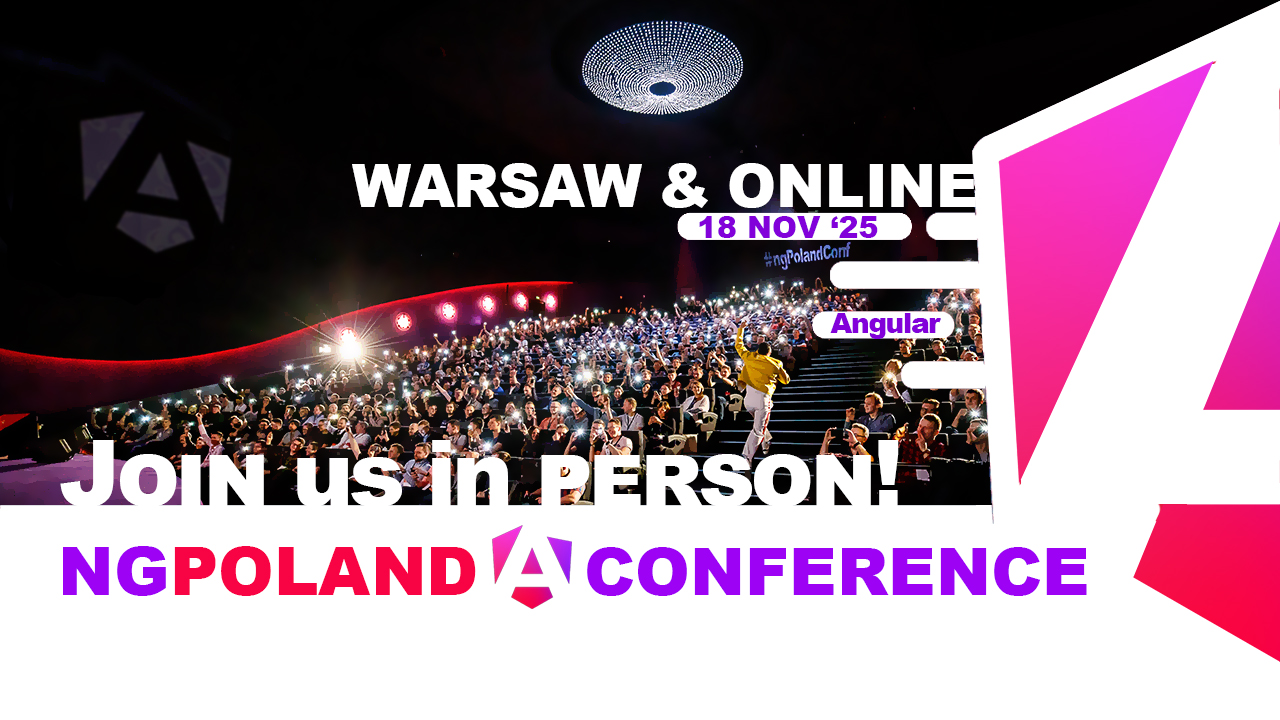

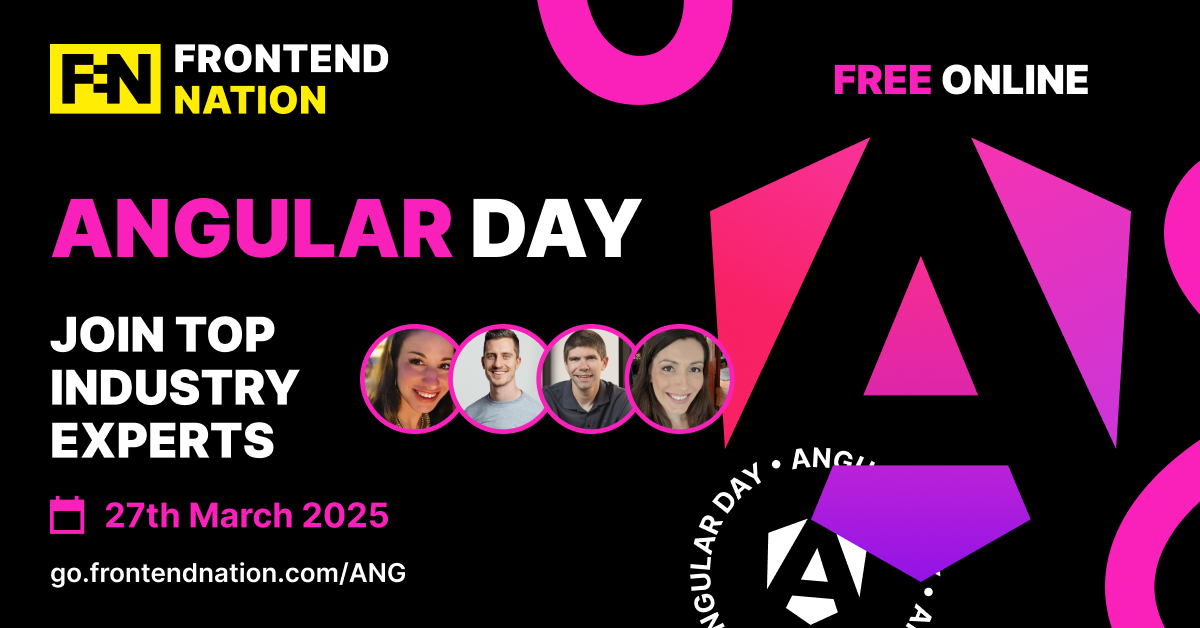
🌐 Web & Frontend
I Built a Subscription Tracker in 14 Days Using Angular 20
A senior Angular developer shares how a late-night look at forgotten subscriptions sparked the creation of SubTrack — a micro SaaS app built in just 14 days to track and manage recurring payments.
What began as a personal fix quickly turned into a crash course in modern Angular development. This piece kicks off the “Zero to SaaS in 14 Days” series, offering an honest look at the process — the wins, the missteps, and how a so-called “failed” revenue experiment became an unexpected success.
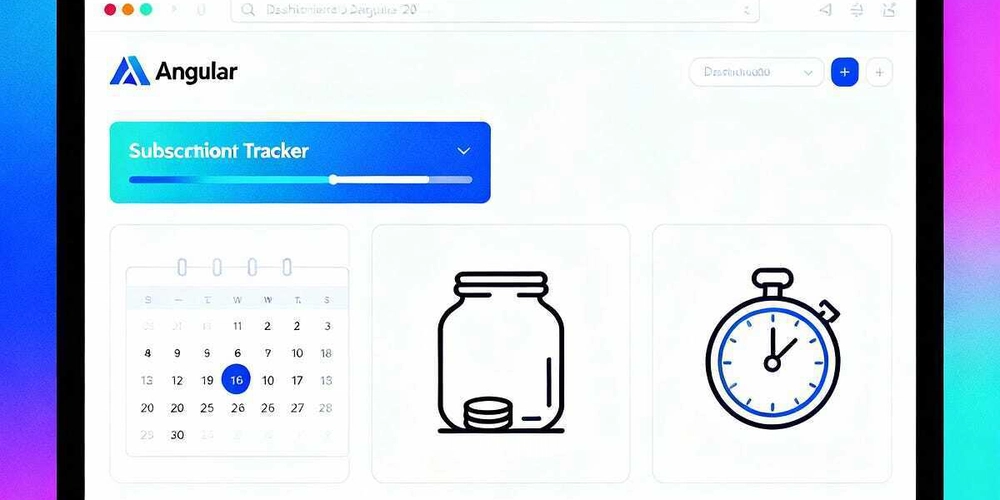
New WebKit Features in Safari 26.0
We’re happy to share with you what’s arriving in Safari 26.0! It includes big exciting new features, many important improvements, and lots of attention to detail. We can’t wait to see what you do with Anchor Positioning, Scroll-driven animations, High Dynamic Range images, the new HTML <model> element, the all-new Digital Credentials API, SVG icon support, WebGPU, WebKit in SwiftUI, and much, much more.
Now every site can be a web app on iOS and iPadOS. Safari in visionOS supports a wider range of immersive media, with spatial videos, Apple Immersive Video, and 180°, 360° & Wide FOV videos. Users can report issues they are having with websites directly from Safari. And there are new features for Web Inspector, Web Extensions, Content Blockers, Lockdown Mode, Device Management, WebKit API and more.
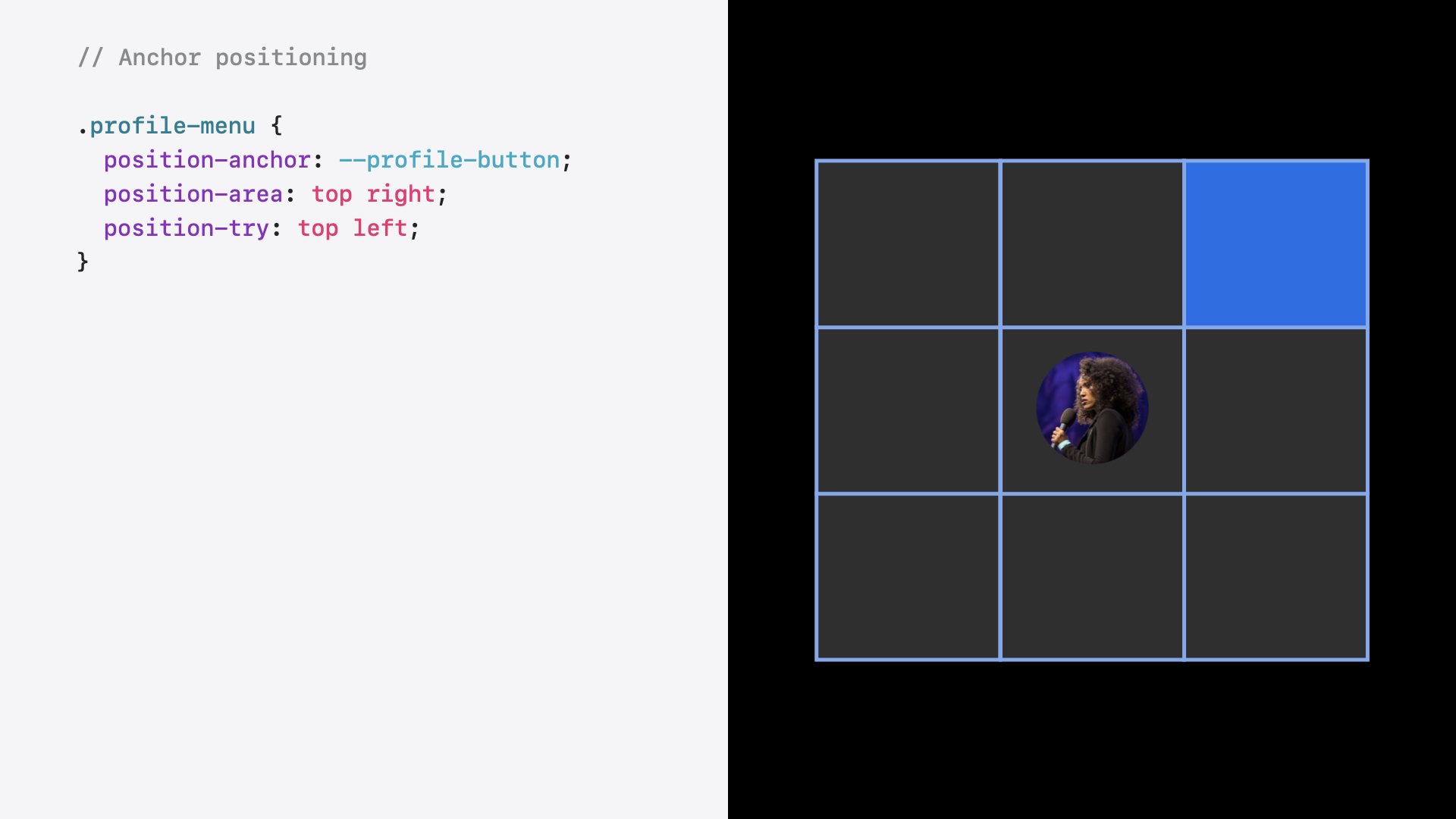
How to Choose your Baseline Target
When a web platform feature is implemented in every browser, it becomes Baseline Newly available. After 30 months, that feature then becomes Baseline Widely available, which is a threshold in which most websites can adopt features without compatibility concerns. This guide explains how to use Baseline, and by using data available from your website's users, how to select a Baseline target.
A Baseline target is a grouping of web features that developers can choose to support, based on their Baseline status. There are two types of Baseline targets: moving targets and fixed targets. Moving targets, such as Baseline Widely available or Baseline Newly available, are targets where the set of features contained may change over time. Moving targets make sense in cases where you want the set of supported features to evolve automatically as new browser versions are released.

Upcoming Events
- Momentum Developer Conference: October 16, 2025 - Virtual Evet. Register here.
- TechCrunch Disrupt 2025: October 27 – 29, 2025 - Premier startup showcase and competitio
- AWS re:Invent 2025: December 1 – 5, 2025 - Global cloud computing conference
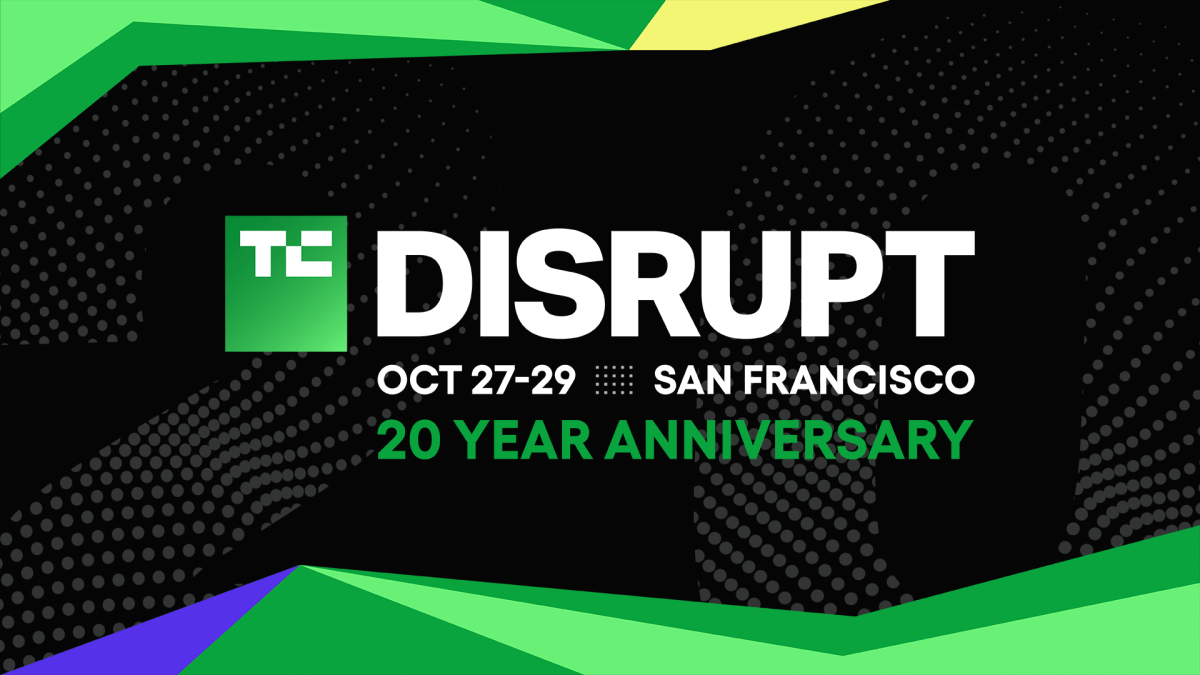

💡 Bottom Line Up Front
The week’s insights reveal a clear theme: intelligence and interactivity are becoming core to every development stack. Whether it’s Genkit’s AI-driven extensions, Angular’s form generation, or Safari’s cutting-edge APIs, the emphasis is on smoother, smarter experiences.
For builders and thinkers alike, this is the moment to experiment and engage with these evolving tools — not to chase trends, but to understand where technology is truly heading.
I hope you find these helpful. If you do, please share our blog with others so they can join our amazing community on Discord (link below)
Don't miss out – join our awesome community to grow as a tech enthusiast, and to help others grow.
As always, Happy coding ❤️







